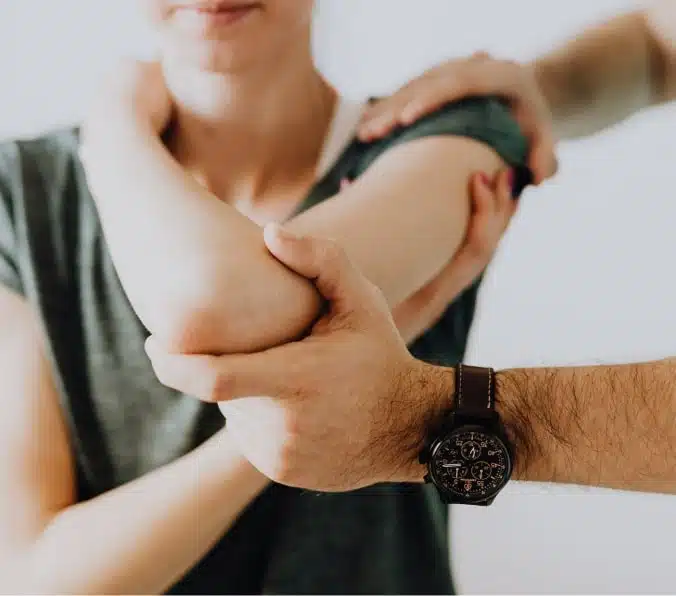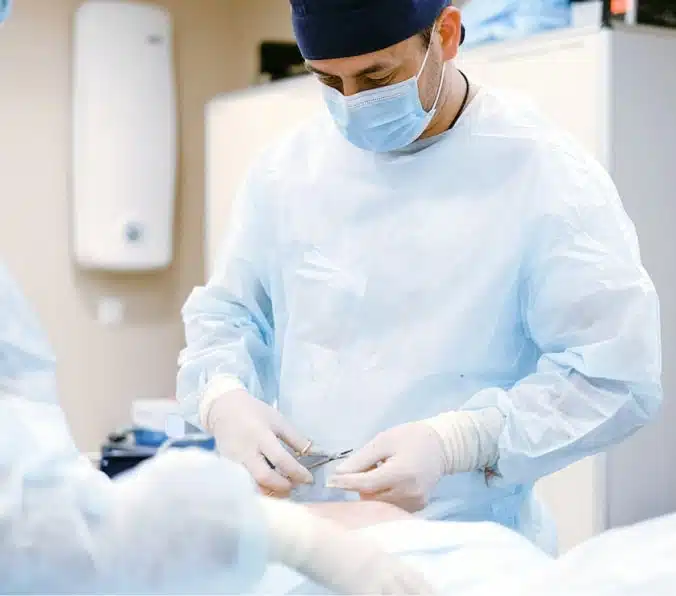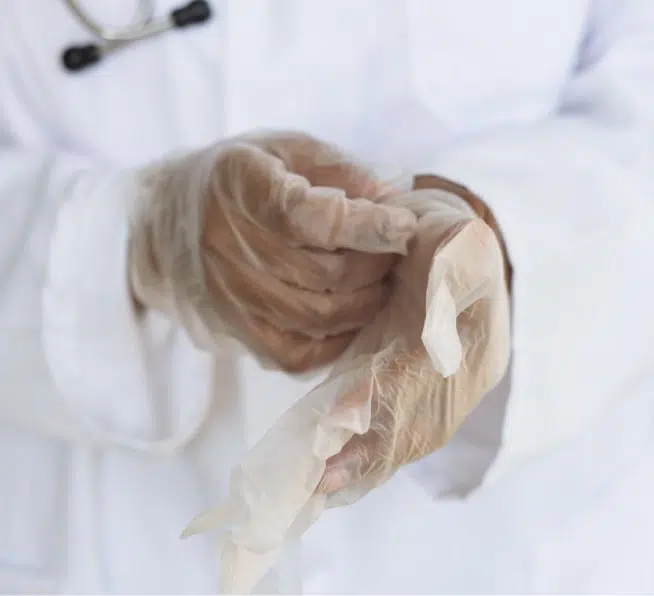Joint Reconstructive Surgery
Joints are the connecting points between bones in the body that allow motion. They play a fundamental role in human mobility and well-being. However, due to age, injury, or disease, joints can become damaged or worn out, causing excruciating pain and limiting movement. Joint disorders are prevalent, with millions of people worldwide suffering from them. This medical procedure can help restore joint function, alleviate pain, and improve quality of life. Here we will explore the various options available for joint reconstructive surgery.

The Prevalence of Joint Disorders

Joint disorders are widespread medical conditions affecting millions of people of all ages worldwide. They occur when the normal cushion and lubrication in the joints deteriorate, resulting in inflammation, discomfort, and stiffness. Osteoarthritis, rheumatoid arthritis, traumatic injuries, and congenital disorders are some common joint disorders. In advanced stages, arthritis can lead to joint instability and disability. However, with joint reconstructive surgery, there are ways to alleviate joint pain and improve mobility.
The Importance of Reconstructive Surgery

Joint reconstructive surgery is essential for people with chronic arthritis or joint pain. The primary goal of joint surgery is to reduce pain, restore mobility, and improve overall quality of life. Physical therapy and other non-surgical interventions are often helpful in reducing joint symptoms; however, joint surgery may be necessary when these treatments are unsuccessful. The advancements in medical technology have made joint reconstructive surgeries more comfortable and effective, making them an excellent option for those looking to restore joint function and live a pain-free life.


Common Joint Disorders

Although joint disorders can affect any joint, the hips, knees, shoulders, and ankles are the most commonly affected joints. Osteoarthritis is the most common joint disorder, often affecting people over 50. Rheumatoid arthritis, on the other hand, is an autoimmune disorder that affects younger individuals. Traumatic injuries, such as ligament tears or fractures, are another common cause of joint pain, while congenital conditions, such as clubfoot or hip dysplasia, are present from birth.
Joint
Reconstructive
Surgery Options

Several types of surgeries can help alleviate joint pain and improve function. Among the most common joint surgery, options are:
- Joint replacement: This procedure involves replacing a damaged joint with a prosthetic joint. Total joint replacements replace the entire joint, whereas partial joint replacements only replace the damaged parts of the joint.
- Arthroscopy: A minimally invasive surgical technique, arthroscopy involves making small incisions in the skin and using a camera to view the joint.
- Osteotomy: This surgical procedure entails cutting and reshaping the bone to correct deformities or redistribute weight.
- Resurfacing: In this method, the damaged joint’s surface is covered with a metal cap to provide relief.
- Arthrodesis: This procedure fuses two bones in a joint to prevent movement and alleviate pain.
Each of these treatments offers unique benefits and is selected based on the patient’s needs and condition.

Small Joint Surgeries

Joint reconstructive surgery is not limited to major joints like the knees and hips; it can also help repair small joints in the hands and feet. Hand surgeries like trigger finger release or carpal tunnel release can alleviate the discomfort and limited motion associated with these disorders. Bunion surgery or hammer-toe correction can help alleviate pain and increase joint function for foot disorders. Ankle fusion, another minor joint surgery, fuses the ankle joint bones to eliminate pain and increase stability.
Recovery and Rehabilitation

Recovery from joint reconstructive surgery depends on the extent of the surgery. Patients typically spend 1-4 days in the hospital, depending on the procedure. However, after the surgery, it's imperative to focus on rehabilitation. At Orthopedic Specialists, the rehabilitation process is designed to help the patient regain strength, mobility, and range of motion. The therapy sessions can vary depending on the type of surgery, age, and overall patient health. Exercise, hot and cold compresses, massages, and physical therapy are all standard methods used for rehabilitation. While recovering fully may take time and effort, staying positive and determined can significantly benefit rehabilitation and lead to a healthy, active lifestyle.

Why Choose Orthopedic Specialists
If you're experiencing joint pain, you know how it can disrupt your life. That's why you deserve the best care possible – and at Orthopedic Specialists, that's exactly what you'll receive. Their team of experts specializes in joint reconstructive surgery, using cutting-edge techniques to help you get back to your regular activities and live pain-free. With a focus on personalized care, they'll work with you every step of the way to ensure you feel comfortable and confident in your treatment plan.
Book Your AppointmentFAQs
Reconstructive joint surgery is a medical procedure to restore a damaged joint’s function and stability. This can involve repairing or replacing damaged tissues, bones, or cartilage. The goal is to alleviate pain, improve mobility, and enhance the patient’s quality of life safely and effectively.
Joint reconstruction focuses on repairing or reconstructing damaged joint components, such as ligaments or cartilage, while preserving the natural joint. Joint replacement, however, involves removing the damaged joint entirely and replacing it with a prosthetic implant. Both aim to alleviate pain and improve function, but the approaches and extent of intervention differ.
Joint reconstruction surgery becomes necessary for pain relief when conservative treatments, such as medications, physical therapy, and lifestyle modifications, fail to provide adequate relief. The surgery aims to restore joint function, decrease pain, and improve the patient’s overall quality of life.
The most common joint replacement surgeries include total hip replacement, total knee replacement, and shoulder replacement. These procedures involve removing damaged joint components and replacing them with prosthetic implants to alleviate pain and restore mobility and function.